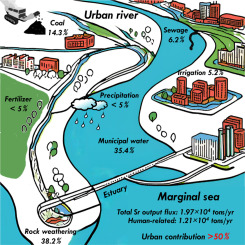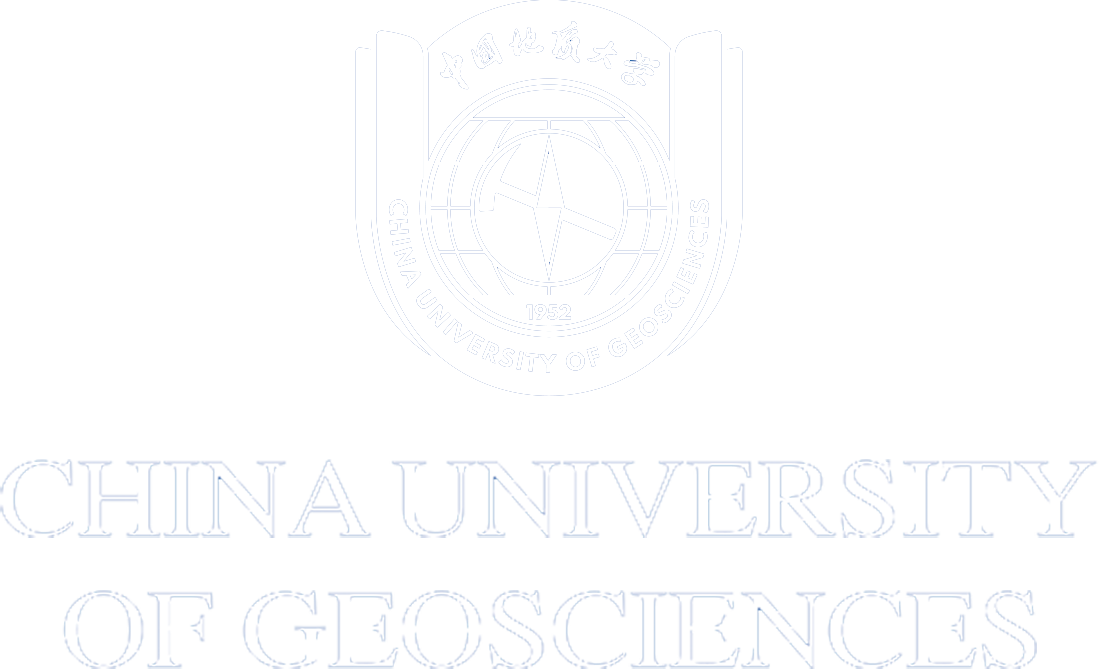Rapid urbanization has led to substantial anthropogenic disturbance of urban rivers and poses a significant threat to the marginal sea. Accurate identification and estimation of human interferences in urban rivers is critical to elucidate the current status of urban impact. Strontium isotope is a useful tool to trace river material origins. This study reported strontium and its isotope data from the most typical megacity river in China. The dissolved Sr concentration (440.6 μg/L) was much higher than the global average (78.3 μg/L) while 87Sr/86Sr exhibited the opposite (0.7104 in megacity river and 0.7119 in global rivers), revealing distinctive urban characteristics. According to elemental ratios and correlation analysis, basic judgments have been made on five specific human-related endmembers (sewage, fertilizer, coal, municipal water, and irrigation). To accurately estimate source contributions, water chemistry and 87Sr/86Sr were innovatively coupled as highly sensitive tracers. Bayesian model results confirmed that weathering and human activities jointly control solute compositions, and anthropogenic sources (61.2%) dominated the middle-lower region. Upper reach exhibited half of the contributions from weathering and coal mining (35.2%) also played non-negligible roles. Among five human-related origins, municipal input presented the highest proportion. Sr flux was 1.97 × 104 tons/yr, and urban activities contributed over half of the flux, revealing that municipal, coal mining, and sewage input posed a critical threat to the elemental cycling of the marginal sea. Urban rivers may serve as a significant Sr source in the global Sr cycle. Further investigation and long-term observations on megacity rivers are urgently needed to achieve coordinated and sustainable development of the continent-ocean system.

Article link: https://doi.org/10.1016/j.watres.2025.123402





 Address
Address
 E-Mail
E-Mail
 Telephone
Telephone